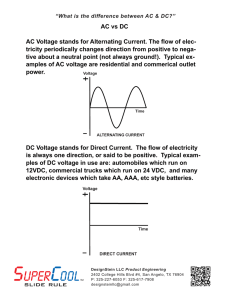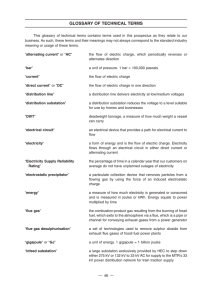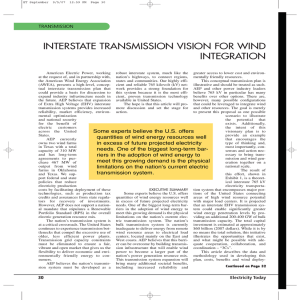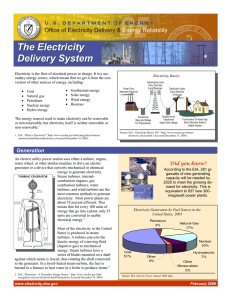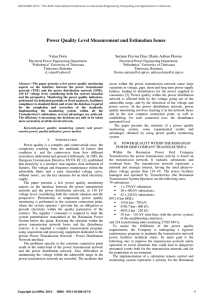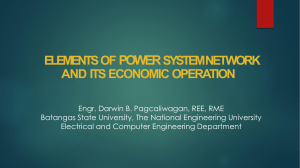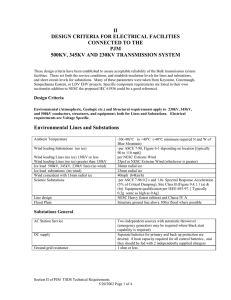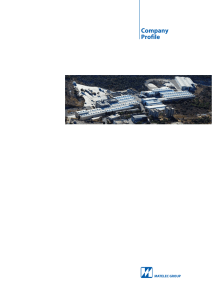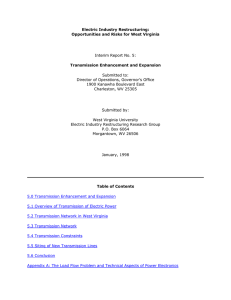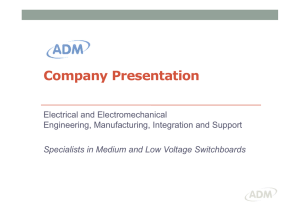1 Generation Stations 4 Local Transmission 7 Lateral Distribution 2
advertisement
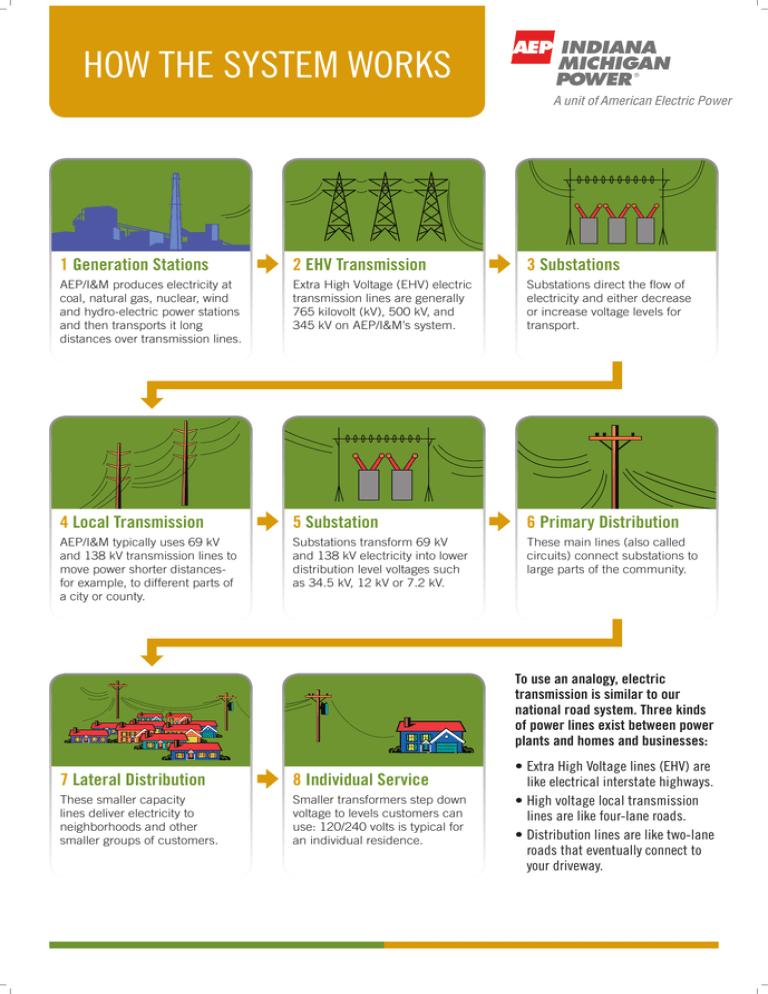
HOW THE SYSTEM WORKS 1 Generation Stations 2 EHV Transmission 3 Substations AEP/I&M produces electricity at coal, natural gas, nuclear, wind and hydro-electric power stations and then transports it long distances over transmission lines. Extra High Voltage (EHV) electric transmission lines are generally 765 kilovolt (kV), 500 kV, and 345 kV on AEP/I&M’s system. Substations direct the flow of electricity and either decrease or increase voltage levels for transport. 4 Local Transmission 5 Substation 6 Primary Distribution AEP/I&M typically uses 69 kV and 138 kV transmission lines to move power shorter distancesfor example, to different parts of a city or county. Substations transform 69 kV and 138 kV electricity into lower distribution level voltages such as 34.5 kV, 12 kV or 7.2 kV. These main lines (also called circuits) connect substations to large parts of the community. To use an analogy, electric transmission is similar to our national road system. Three kinds of power lines exist between power plants and homes and businesses: 7 Lateral Distribution 8 Individual Service These smaller capacity lines deliver electricity to neighborhoods and other smaller groups of customers. Smaller transformers step down voltage to levels customers can use: 120/240 volts is typical for an individual residence. •Extra High Voltage lines (EHV) are like electrical interstate highways. •High voltage local transmission lines are like four-lane roads. •Distribution lines are like two-lane roads that eventually connect to your driveway.

